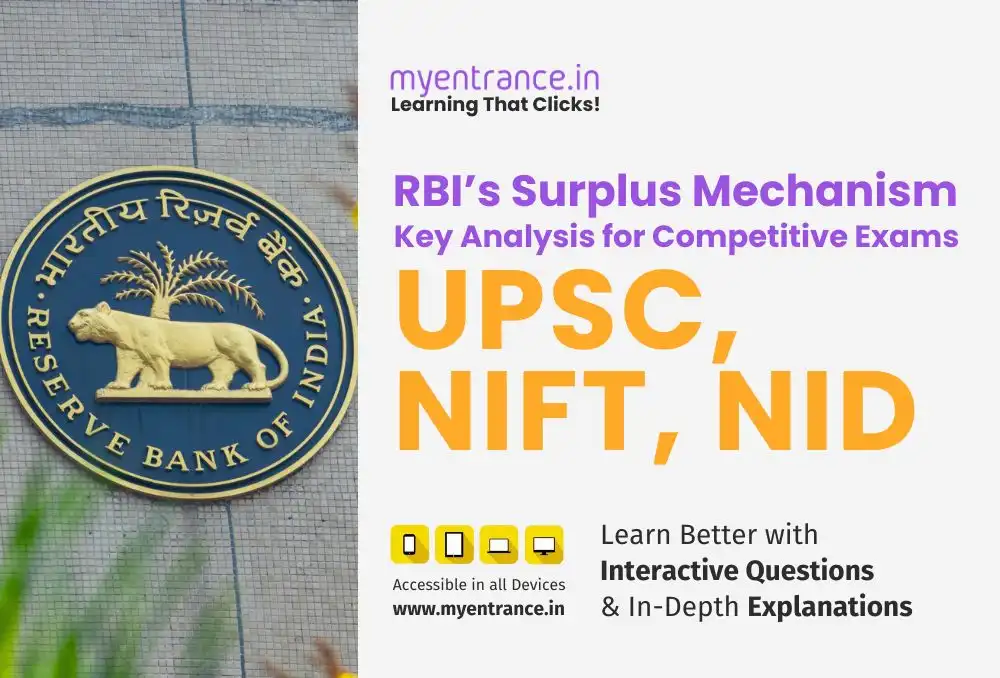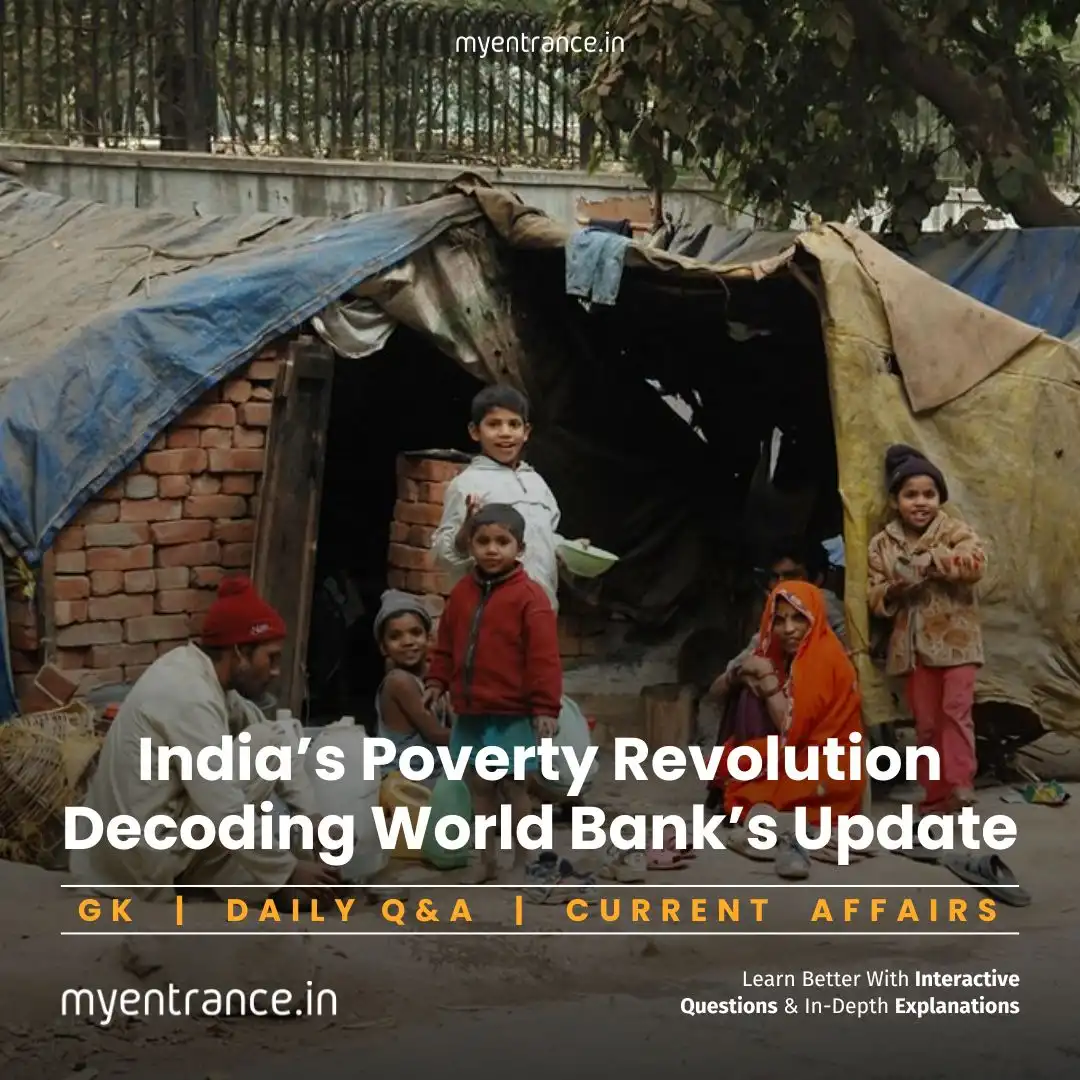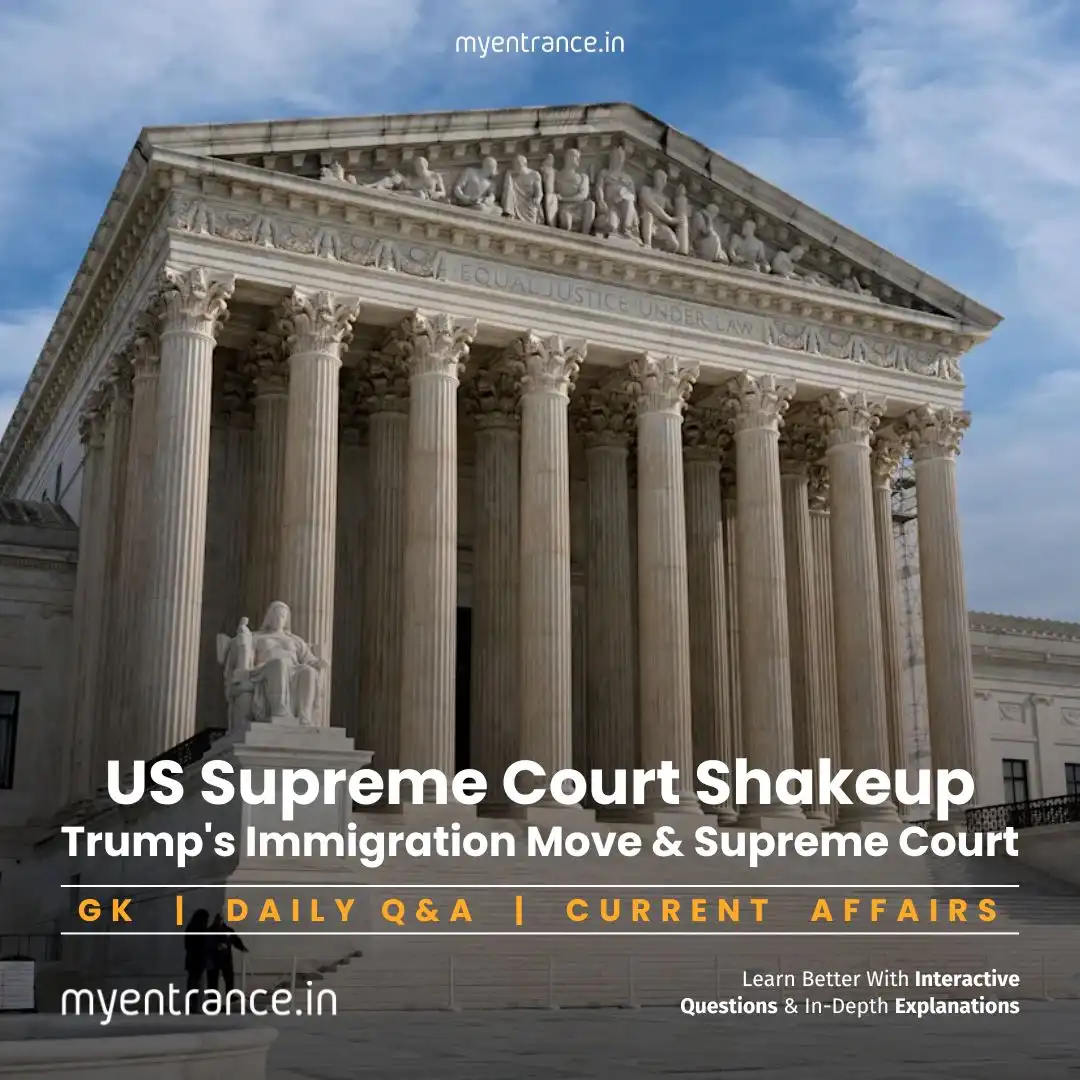Select Language
RBI Functions Demystified: Surplus Transfers, Monetary Policy & Exam Relevance
The RBI’s record ₹2.69 lakh crore surplus transfer to the government dominates headlines, underscoring its pivotal economic role. Mastering RBI’s functions, history, and frameworks like the Economic Capital Framework (ECF) is non-negotiable for aspirants.
Why RBI’s Surplus Transfer Matters
The Reserve Bank of India’s (RBI) ₹2.69 lakh crore surplus transfer to the government for 2023-24 isn’t a “dividend” but a legally mandated surplus under Section 47 of the RBI Act, 1934. This transfer stems from profits earned via:
Foreign investments: Returns on global bonds, treasury bills, and deposits with other central banks.
Domestic operations: Interest on rupee-denominated government securities and short-term loans to banks.
Sovereign services: Management commissions on handling central/state government borrowings.
Expenditure & Surplus Mechanics
The RBI deducts operational costs before surplus calculation:
Currency printing, staff salaries, and commissions to banks for government transactions.
Provisions for bad debts, asset depreciation, and employee retirement funds.
After these deductions, the entire net profit is transferred to the government—unlike commercial entities that pay dividends to shareholders.
The Malegam Committee’s Game-Changing Impact (2013)
A technical panel led by Y.H. Malegam reshaped RBI’s surplus distribution:
Earlier, 12% of profits were retained in Contingency and Asset Development Funds.
Post-2013, surplus transfers surged to 99.99% of gross income (vs. 53.4% in 2012-13), boosting government revenues.
Monetary Policy Committee (MPC): India’s Inflation Guardian
Constituted in 2016 under Section 45ZB of the RBI Act:
Objective: Maintain price stability while supporting growth.
Structure: 6 members—Governor (chairperson), Deputy Governor (monetary policy), RBI-nominated officer, and 3 government-appointed experts.
Voting: Decisions by majority; Governor holds casting vote during ties.
Binding authority: MPC’s policy rate decisions are mandatory for the RBI.
Why This Matters for Your Exam.
RBI’s functions (currency management, inflation control, government debt oversight) are recurring Prelims/Mains themes.
Legal provisions (Sections 47, 45ZB), committees (Malegam), and institutional mechanisms (MPC) are high-yield topics.
5 Sample Q&A for UPSC Prep
Q1: What legal provision governs RBI’s surplus transfer to the government?
A1: Section 47 of the RBI Act, 1934, mandates the transfer of net profits after accounting for operational costs and provisions.
Q2: How did the Malegam Committee alter RBI’s surplus distribution?
A2: It recommended near-total surplus transfers (99.99%) to the government, abandoning the earlier 12% contingency reserve norm.
Q3: Name RBI’s primary income sources enabling surplus generation.
A3: Returns from foreign assets, interest on government securities, and commissions from managing sovereign borrowings.
Q4: Who casts the deciding vote in a deadlocked MPC meeting?
A4: The RBI Governor exercises a casting vote in case of a tie.
Q5: What triggered RBI’s ₹2.69 lakh crore surplus transfer in 2023-24?
A5: Higher returns from foreign exchange holdings and reduced contingency provisioning post-ECF review.
Most Predicted Questions
Comprehensive study materials, Expert-guided tips & tricks, Mock tests and instant results.
Start your SSC/ PSC/ NIFT/ NID journey today with MyEntrance, your ultimate online coaching platform.








